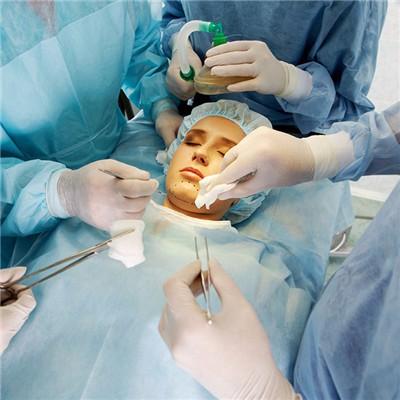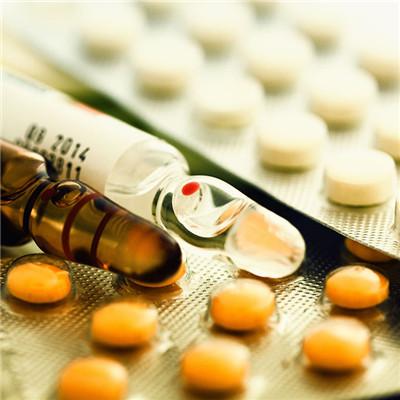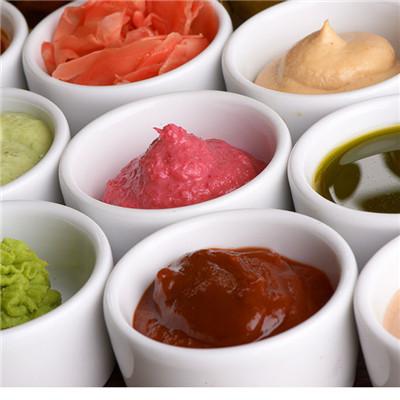What is the treatment of vitiligo
summary
For the treatment of vitiligo, we still have to choose the most suitable treatment according to our own condition, so as to achieve the best treatment effect, so as to be able to recover faster, so what are the treatment methods of vitiligo? Now let's follow the experts to learn about it. The summary is as follows:
What is the treatment of vitiligo
1. Topical drugs for the treatment of limited skin lesions can be applied with 0.1% - 0.5% 8-methoxysarin (8-MOP) tincture, once a day, 30 minutes after irradiation with ultraviolet or sunlight. External application of nitrogen mustard ethanol solution, twice a day. It can also be used as minbailing and vitiligo liniment. Topical glucocorticoids, such as 0.05% Halometasone Cream, 0.1% betamethasone, dimethyl sulfoxide, ethanol solution, 0.1% triamcinolone cream, can be applied to children with localized, early damage or under 10 years old, twice a day. If no pigment regeneration is found within 3 months, other methods should be used. The nitrogen mustard ethanol solution made by dissolving 50 mg of nitrogen mustard hydrochloride in 100 ml of 95% ethanol needs to be freshly prepared and stored in the refrigerator. It has irritation and sensitization. When applied externally, it is limited to the white spot area.

2. Internal medication. For generalized and advanced skin lesions, glucocorticoids, such as prednisone, 5 mg each time, 3 times a day, can be used for several months. It can also be irradiated by ultraviolet after 8-MOP or TMP. If it is invalid for 3 months, the treatment should be stopped and the liver function should be checked regularly. Monoamine oxidase inhibitors such as propionylbenzylamine, isoniazid, psoralen, vitamin E, compound vitamin B, zinc sulfate, calcium pantothenate, vitiligo capsules and Baibo pills also have certain curative effects.

3. Autologous epidermis transplantation: the autologous melanocytes are transplanted to the decolorized area to achieve the purpose of pigment recovery. It is suitable for patients with small lesion and stable condition. The disadvantage of this method is that the color of regenerated pigment is not uniform in some cases, the cost is high, and there are some failure cases. Methods: drilling transplantation, small piece transplantation, suction blister method, thin section transplantation, autologous epidermal culture transplantation, autologous melanocyte transplantation and so on. The relationship between vitiligo and endocrine is relatively close. Experimental studies show that melanocyte stimulating hormone, corticotropin and sex hormone can promote the anabolism of melanin. Corticosteroids, epinephrine and norepinephrine, thyroxine and melatonin can inhibit the synthesis of melanin.

matters needing attention
I hope that after understanding, we can communicate with doctors more, so that doctors can make an accurate treatment plan. For patients with small areas of leukoplakia, we can use internal or external drugs for treatment. If economic conditions permit, we can also use autologous epidermal transplantation and other methods.
















